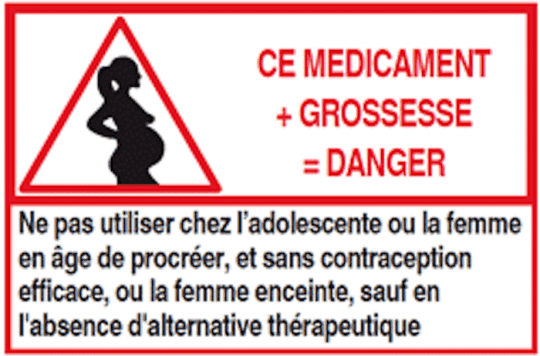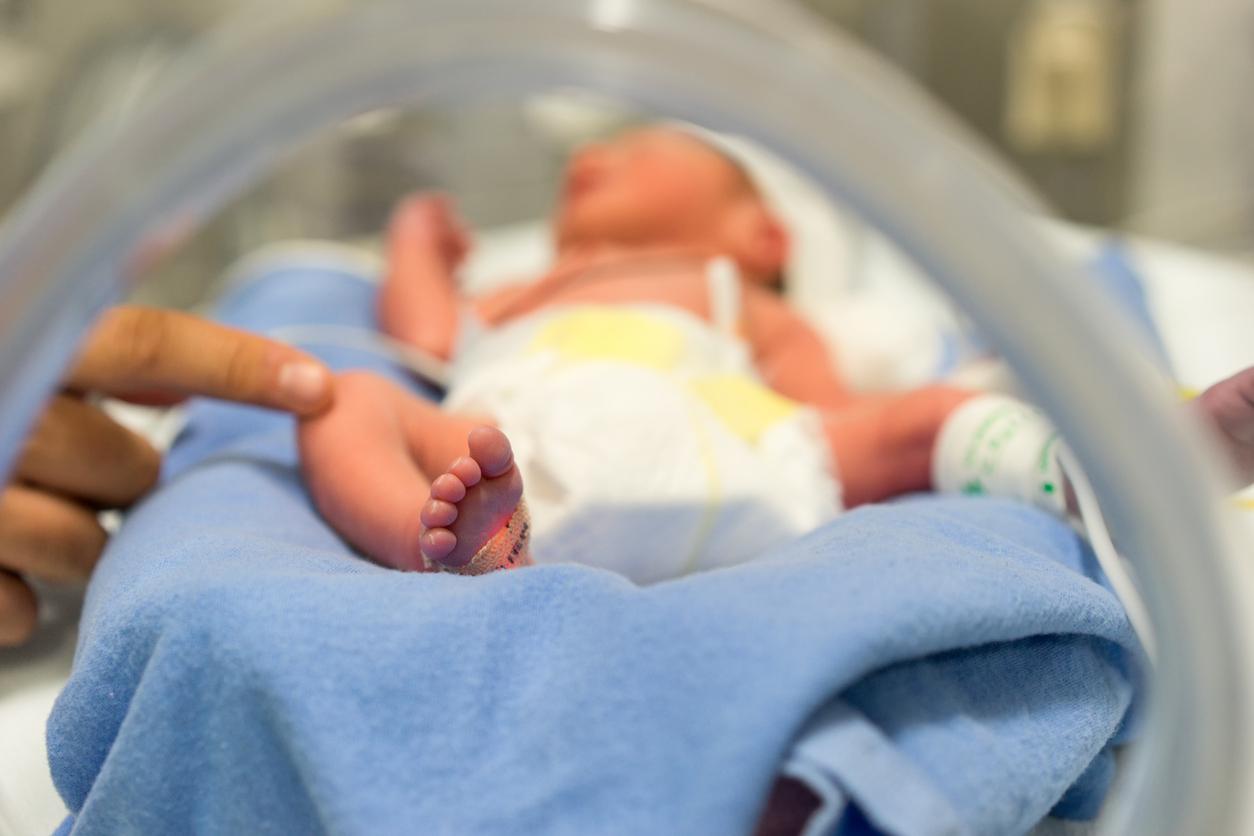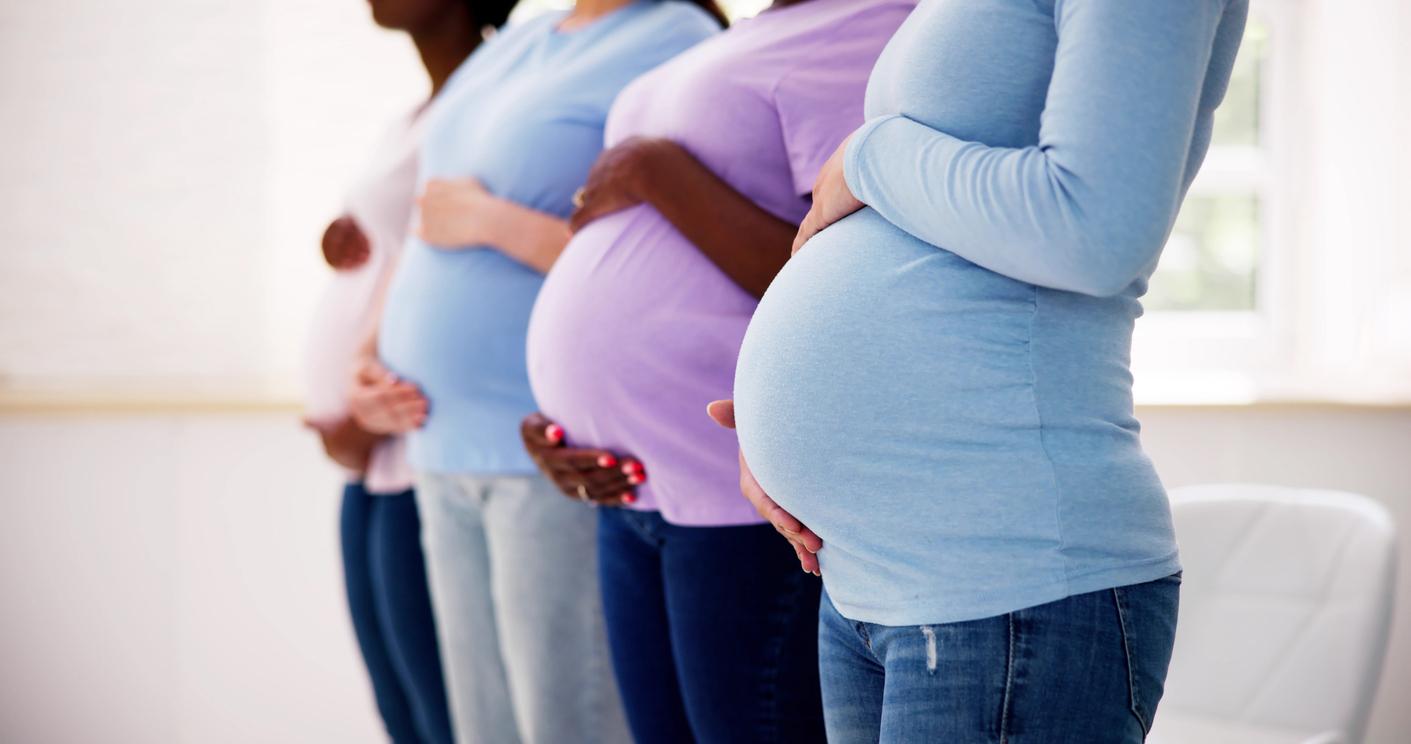In a press release published in early June, the Société de Pneumologie de Langue Française warned of the risks associated with the recent affixing of a pictogram “Danger pregnant women” on the boxes of many anti-asthma treatments.

“This approach goes completely against the strategy recommended in the treatment of the disease and seems unjustified, even dangerous given the scientific data available on the subject.” Respirologists are worried and they are making it known. In early June, the French Language Pneumology Society published a statement for theNational Medicines Safety Agency (ANSM) and pharmacists to express its dissatisfaction following the recent affixing of a pictogram “Danger pregnant women” on the boxes of many anti-asthmatic treatments. Because the latter could indeed lead many patients to abruptly stop their treatment during their pregnancy.
“Following a decree of 17/10/2017, pharmaceutical laboratories are now strongly encouraged to affix a specific pictogram on the outer packaging of” teratogenic “or” fetotoxic “drugs”, begins the press release, explaining that it is to want to sensitize “pregnant women on the potential dangers of using these drugs prescribed as part of the treatment of asthma”. “Although aware of the issue of preventing the risks associated with the use of drugs during pregnancy, the entire pneumological medical community is concerned about the harm or even the potential dangers caused by the affixing of pictograms” XXX + pregnancy = danger “on the boxes of drugs prescribed as part of the treatment of women with asthma”, explain the specialists.
All the more so as this supposition of “potential dangers” comes from animal studies “with the use of drugs in high doses and by systemic route”, they point out, therefore finding it inappropriate to extrapolate these data to humans “in whom the treatments are used at much lower doses and by inhalation “. “No human epidemiological study has found such effects,” they note.
Pregnant women with asthma more exposed to obstetric complications
Asthma is characterized by more or less inflammation of the respiratory tract. The latter results in difficulty in breathing, shortness of breath, wheezing or a feeling of tightness in the chest. The disease affects 3 to 8% of pregnant women. And unfortunately, the latter are more exposed to obstetric complications for themselves (gestational diabetes, cesarean section, per-partum hemorrhage, etc.) and for the fetus (prematurity, growth retardation, etc.), recalls the Société de Pneumologie de Langue Française, which invites therefore, women worried about checking the safety of their medication on the CRAT (Reference Center on Teratogenic Agents) website, and, in case of doubt, to consult their doctor instead of stopping their treatment suddenly because of the pictogram .
While waiting for the ANSM to decide to withdraw it from the drugs concerned, the specialists also encourage caregivers to explain to their patients that “the risk-benefit balance is very much in favor of the continuation of these drugs” and that “their interruption exposes to risks for the pregnancy and the fetus “. “In contrast, asthma treatments, including inhaled corticosteroids and long-acting beta-mimetics, which have been widely used in thousands of pregnancies are not associated with a risk of pregnancy complications, nor are they at a risk for the fetus. In particular, they do not increase the risk of congenital malformations “, conclude the pulmonologists.
This pictogram “Danger pregnant women” does not only concern drugs for asthma but many treatments. In February, the Academy of Medicine had already warned of the possible risks associated with this new decree. “The National Academy of Medicine considers that the implementation of this measure, which results from the just need to better alert prescribers and patients to dangerous drugs during pregnancy, requires further reflection”, she explained, also in a press release.
See the video below by Dr Elisabeth Elefant, Head of Reference Center on Teratogens (CRAT).

.















